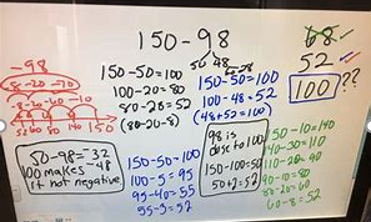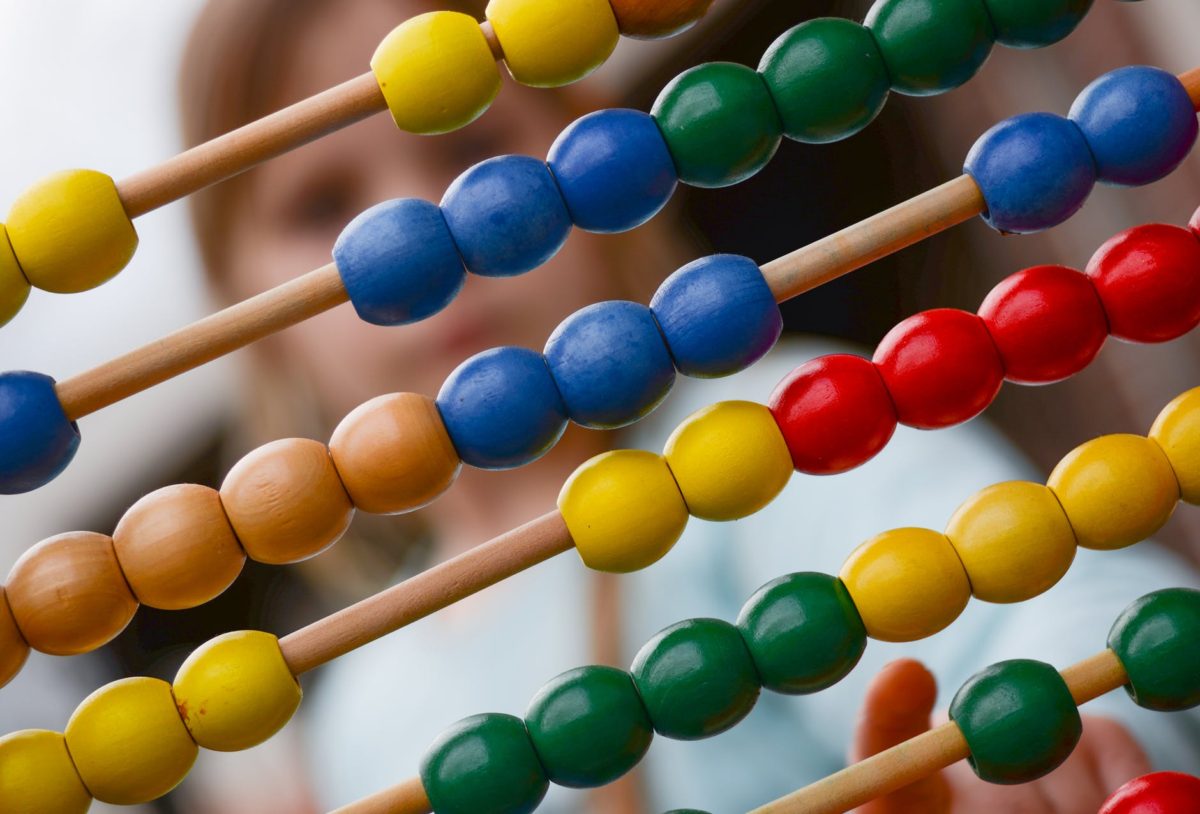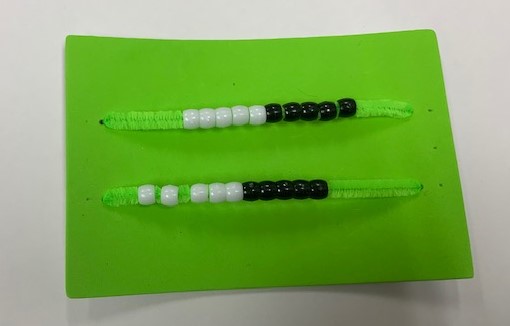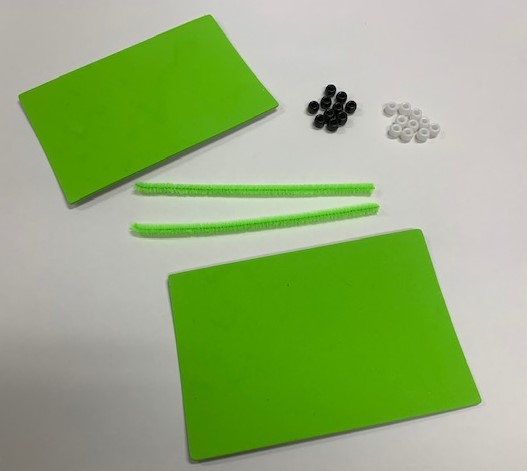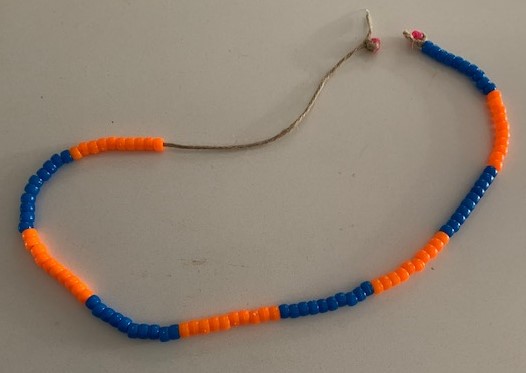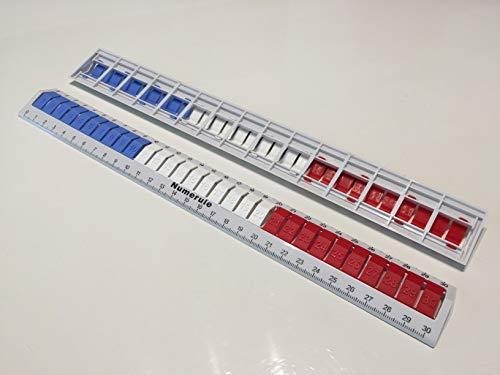Today I received a really exciting package. I bought my own set of Cuisenaire Rods! For those that have not heard of these they are sometimes called Proportional Rods as they are used to illustrate proportional reasoning, amongst other concepts.
I remember these from my first day at school. We were given these rods and told to play with them. It is a really clear memory and I have loved these rods ever since.
Unfortunately, they have fallen out of fashion since then (it was a very long time ago) and now there are countless boxes at the back of school cupboards gathering dust.
Have a look in your school and see if you can find some. If you can, get them out, dust them off and let’s explore some of the ways they can be used.
The basic concept is that the lengths of the rods are proportional to each other. Note the colours are important too. Although the originals are wooden you can now get them in plastic and virtually too. No matter what material yours are they should all have the following properties:
- White – 1cm in length (a cube)
- Red – 2cm in length
- Light Green – 3cm
- Purple – 4cm
- Yellow – 5cm
- Dark Green – 6cm
- Black – 7cm
- Brown – 8cm
- Blue – 9cm
- Orange – 10cm
The connections between the colours is as follows:
- White (1) and Black (7) are on their own
- Red (2), Purple (4), Brown (8) – Red family – multiples of 2
- Light Green (3), Dark Green (6), Blue (9) – Blue family – multiples of 3
- Yellow (5), Orange (10) – Yellow family – multiples of 5
When students are first introduced to these rods, they are told the values as 1, 2, 3 . . . But it is important to note that this is NOT the only way they can be seen. By being flexible with the values many more concepts can be explored.
I am going to demonstrate a (very) few of the ways in which Cuisenaire rods can be used below and post links to websites where you can continue exploring. These are NOT tools for the very young grades only. I believe that they should be used in older grades too. Especially when exploring fractions and decimals, as I will demonstrate below.
Ideas for the younger grades:
By laying down a rod and then finding combinations of other rods that make the same length students can explore addition facts, for any number.
Here are some arrangements for Facts to 5

Students can be asked questions such as: Are these two arrangements the same?
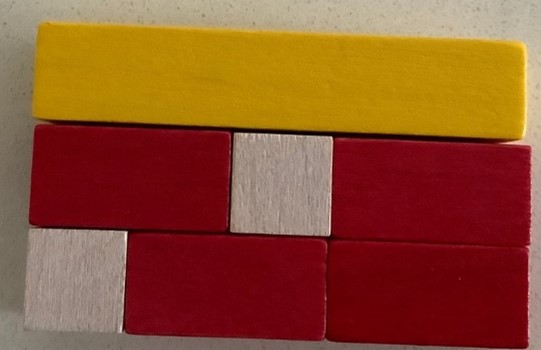
They both make 5 and use the same smaller rods but are they the same? This can help students to understand the communicative and associative properties of addition.
Use the rods to explore odd and even numbers and what happens when you add odds and evens.
They can be used to model subtraction problems: Here is 7 – 4

There are several ways to discover the difference:



Multiplication as repeated addition is easily modelled too.

Ask the question – Can we use only one other rod to reach the same length?

What does this tell us?
Other ideas for younger grades:
Partitioning
Make a picture worth 100 or 50 . . .
Barrier games – students describe what pattern/picture they have made and another has to form it from the verbal instructions
Finding areas – great for introducing the area model for multiplication
Factorising
A picture worth 100

For the older grades
When working with older grades we can play around with the values of the rods.
Call the Orange rod ONE – now what are the values of the other rods?
Call the Yellow rod ONE – now what are the values of the other rods?
This is a great way for students to explore fractions and decimals.
If the Purple rod has the value ½ or 0.5, what are the values of the Red rod and the White rod? What is the value of the Blue rod?
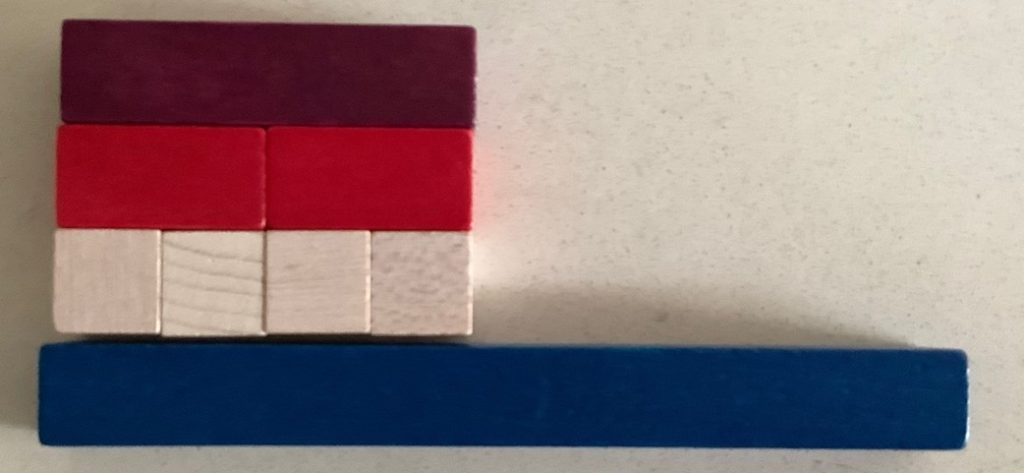
There are so many other ways to use these rods, I am sure that students themselves, once they are familiar with them and comfortable with using them, will find uses you had not thought of.
The most important thing is to give the rods to students, allow them to ‘play’ with them for a while. Then use them regularly for specific activities. If they are left out and are easily available students will use them when they feel the need. They are not just for ‘weaker’ students but there as a tool to support all students!
Resources
History:
https://en.m.wikipedia.org/wiki/Cuisenaire_rods
Nrich:
https://nrich.maths.org/search/?search=Cuisenaire&tab=1&fs=111110000000111
Paul Swan:
https://drpaulswan.com.au/shop/reasoning-with-rods/
NZMaths:
Calculate:
https://calculate.org.au/?s=cuisenaire&security=9a13025314&_wp_http_referer=%2F
Virtual Cuisenaire Rods:

